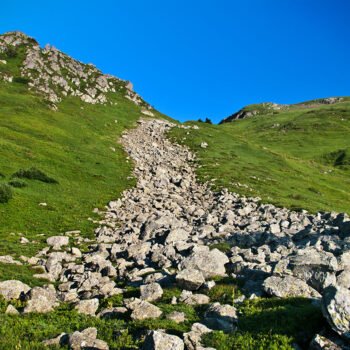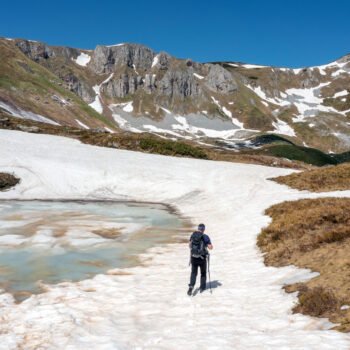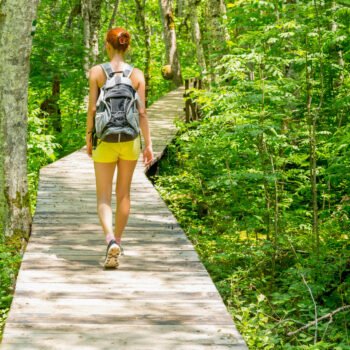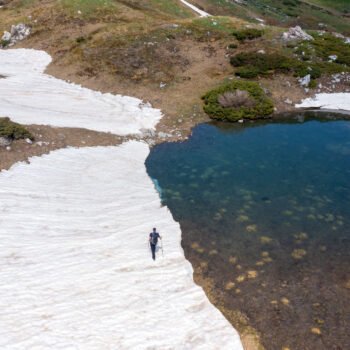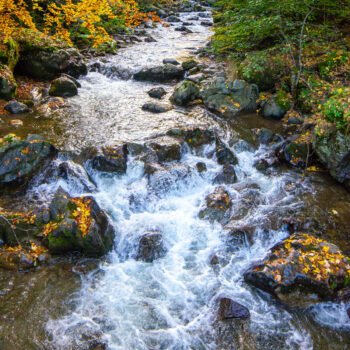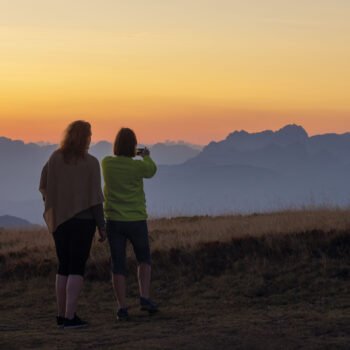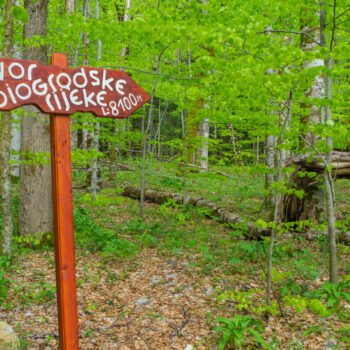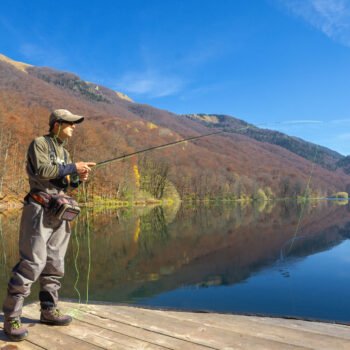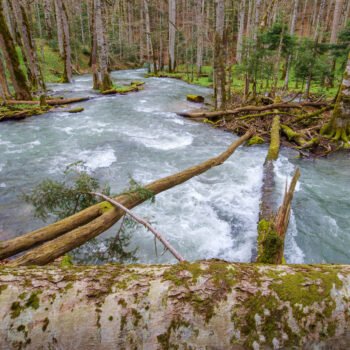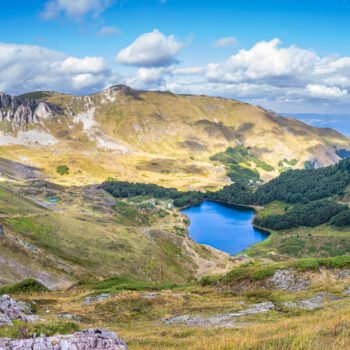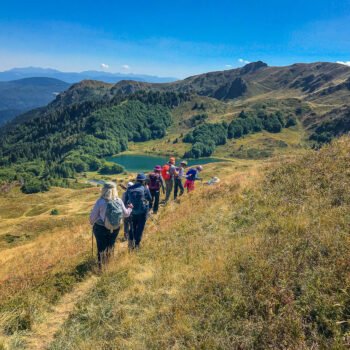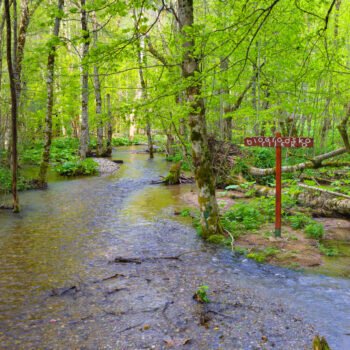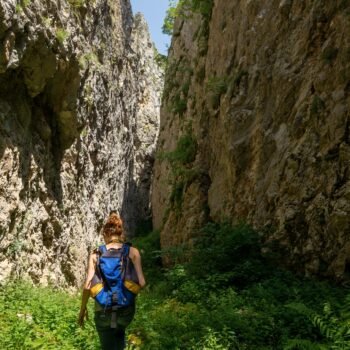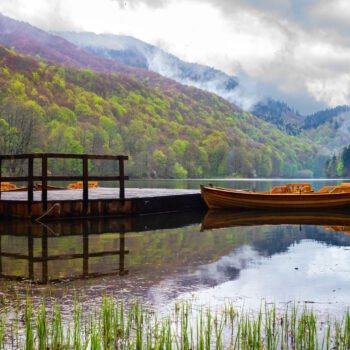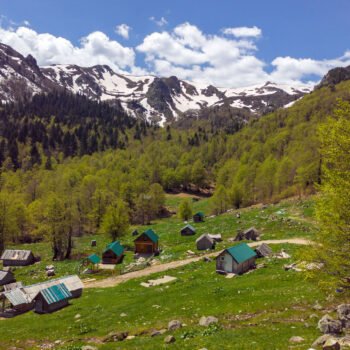- /
- Katun Road Untold Bjelasica
- /
- Biogradska Gora National Park
Biogradska Gora National Park
Biogradska Gora National Park is situated in the central part of Bjelasica mountain. It was founded in 1952. It spreads across the area of 5,650 hectare. The protection of this magnificent area of nature started in 1878, with King Nikola Petrović’s persistence to preserve this area, so that future generations could enjoy it. Beside rare, endemic and relict flora and fauna, and a large number of protected species, the rarity of the nature is shown in many glacial lakes, the most important being the Biogradsko lake. The park hosts numerous springs, abysses, brooks, landforms and sinkholes as well as other natural phenomena. A special feature of the park are terrestrial and aquatic ecosystems, whose originality has not been damaged by human activity yet. Peaks which are sometimes higher than 2,000 meters, glacial troughs and cirques, from several lakes, give this area a unique beauty. Apart from the glaciers, the history has left some deep marks in the area of the Biogradska Gora National Park.
Area: 5,650 ha.
Altitude: from 832 m above sea level on Tara up to 2,139 m above sea level Crna glava.
Climate: Humid continental climate, Mediterranean, sub-Alpine, Alpine.
Relief: great diversity and numerous shapes. It is formed of four ridges with the largest peaks: Crna Glava 2,139 m above sea level, Zekova glava 2,117 m above sea level, Troglava 2,072 m above sea level.
Hydrography: glacial lakes (Biogradsko, Ursulovačko, Pešića, Šiško and Ševarine); Biogradska river, Jezerštica, permanent and occasional springs and karst springs.
Forests: rainforest reserve Biogradska Gora – extraordinary diversity of flora and fauna; 1,600 ha; 86 species of woody vegetation.
Flora: more than 2,000 plant species, 26 plant communities, 86 dendroflora species.
Endemic species: the Bosnian pine, Pinus peuce, Visiani’s maple, Pančić’s carnation, Dafne, Albanian lily; legally protected species: lily-bellied bellflower, Allium brulloi – wild onion, alpine aster, black grass, alpine sea holly, great yellow gentian, poplar.
Fauna: diverse fauna: wolf, fox, deer, squirrel, bear, 200 species of birds (eagle, wood grouse), indigenous species of fish, 80 species of butterflies, 350 species of insects.
Rainforest within the park
As many as 16 forest communities (dominated by beech and silver fir) with more than 200 plant species, 86 of those being trees and bushes (dendroflora) species, grow freely and protected in the rainforest of Biogradska Gora. Rainforest reserve in the basin of the Biogradska river and Jezerštica, with an area of 1,600 ha, and with an established system of highest possible protection, is the most significant natural treasure of the national park. This rainforest is a unique example of the evolution of different forest communities. The most common trees are beech, fir, spruce, maple, European ash, rowan, Scots elm, grey alder… Certain trees are more than 400 years old, with some more than 60 meters high. Due to the presence of a large number of indigenous plant species and specific habitats, the area of Biogradska Gora is considered an important plants habitat – IPA area.
Some parts of the rainforest are practically untraversable. And yet, it seems astounding that it is open and easily attainable, that we can feel its breathing and peace during a walk, its absolute freedom to be what it really is.



